NAP 7

Take home messages
- Anaesthesia is really safe if you do it properly
- Haemorrhage, bradyarrhythmia and ischaemia are the most common causes
- Perioperative cardiac arrest is generally well managed
How often does it go wrong?
Around 3 million people get anaesthetised for something or other each year in the UK.
Anaesthesia is seriously safe, as far as 'interventions with potentially disastrous consequences' go, but occasionally, bad things do happen, and with an increasingly elderly, obese and comorbid population, the risks are steadily increasing too.
NAP 7 assessed the frequency of really bad things happening in the peri-anaesthetic period.
The numbers
Potentially serious problems occur in 1 in 18 cases (6%)
- 36% were cardiovascular
- 24% were airway
- 15% metabolic
- 15% breathing
- 2% neurological
Cardiac arrest occurred in 1 in 3000 cases
- 88% adults (3% obstetric)
- 12% children
- 56% male
- 74% ASA 3 or higher
Location and timing
- 26% before surgery began
- 40% during surgery
- 17% after leaving recovery
- 12% on ITU
- 38% out of hours
What were the risk factors for complications?
- Patient comorbidity (ASA grade)
- Male sex
- Extremes of age
- Frailty
- Emergency surgery
- Complex and long surgery
- Out of hours procedures
- High risk settings
Which specialties are at more risk?
- Trauma and orthopaedics
- Lower GI
- Cardiac (highest prevalence)
- Vascular
- Interventional cardiology
Obstetrics had the lowest incidence.
Cardiac arrest
While 'potentially serious' can be anything from a soft systolic to a spot of sporting laryngospasm, when it comes to cardiac arrest, it's rather more concerning.
This sounds terrifyingly frequent, however if you focus on ASA 1 and 2 patients, that number drops to a slightly-less-terrifying-but-still-eyebrow-raising 1 in 8000.
Fewer than 1 in 100 000 ASA 1-2 patients actually died though.
How did they do?
- 75% survived the initial arrest (got ROSC)
- 60% were alive at time of reporting
- 44% survived to discharge
- Of those that survived to discharge, the vast majority (88%) had a 'favourable' neurological outcome
What kind of arrest?
It's not enough to know that someone's heart has stopped, we need to know what kind of arrest they had.
- 82% were non-shockable
- PEA was the single most common presenting rhythm
Bradyarrhythmic arrests seemed to have the most success when it came to ROSC, and unsurprisingly, PEA had the least.
So why does it happen?
We all know our reversible causes of cardiac arrest, but when specifically looking at perioperative arrest, the most common causes are:
- Major haemorrhage (17%)
- Bradyarrhythmias (9.4%)
- Cardiac ischaemia (7.3%)
Surprisingly anaphylaxis only came in seventh place.
Factors associated with poor outcome
- Vascular surgery
- Cardiology
- Radiology
- Frailer and older patients
- Major haemorrhage
- BMI > 40 kg m-2
- Critically ill children awaiting transfer to tertiary care
What airway problems were there?
Just under 10% of deaths in NAP 7 were due to airway problems, and the airway complications that did occur where as follows:
- Laryngospasm 38%
- Airway failure 30%
- 'Breathing complications' 14%
But strangely enough there wasn't nearly as much aspiration or front of neck access as one might expect.
Risk factors for airway badness included:
- Infants
- Critically ill children
- Head and neck surgery
- Obesity
- Out of hours
The good news
What can we easily improve?
Pre-op
Identify your high risk patients so that you can prepare accordingly.
- Hypovolaemic and cardiovascularly unstable patients
- Frailer and older patients
- Patients presenting for vascular surgery
- Patients with bradycardia and those undergoing surgery with vagal stimuli
Risk scoring, using validated tools, should be a routine part of preoperative assessment and shared decision making, because they are pretty good at predicting risk of arrest.
- A mortality risk of >10% is 40 times more likely to arrest than <1%
Infants and neonates are categorised as high risk of airway difficulty during and after surgery and of cardiovascular collapse after induction.
Monitoring
- Make sure you are using proper monitoring - BP, ECG, Sats, EtCO2 - and using it continuously
- Especially during transfer to recovery and intensive care
- High-risk or deteriorating patients should be anaesthetised in theatre on the operating table
- More risk = more monitoring, as you might have already guessed
Drugs
Ideally you are already tailoring your anaesthetic to the patient's requirements, however the NAP 7 report specifically states:
- Lower doses, slower induction, use of vasopressors and different drug choices may have prevented some cardiac arrests
- Induction technique may require modification, such as using ketamine instead of propofol or by co-administering vasopressor medication to counteract hypotension
Resuscitation equipment
You should have easy and immediate access to all of the necessary drugs and equipment for managing:
- Haemorrhage
- Anaphylaxis
- Airway difficulty
- Cardiac arrest
Age appropriate resuscitation equipment should be standardised and available in every main and remote site where anaesthesia takes place.
All clinical staff who deliver anaesthesia autonomously should be trained, skilled and practiced in the management of these emergencies.
Managing the arrest
As with every emergency ever, early identification is key, and usually our patients tend to have a fair amount of monitoring on already, which makes spotting the problem a little easier.
It's not overly complicated - you do your ALS as usual, but keep in mind certain H's and T's are more common (hypovolaemia, hypoxia, thrombus etc).
Some specific recommendations for monitored patients with IV access:
- In monitored patients in early cardiac arrest or a severe low flow state, initially give small doses of intravenous adrenaline (eg 50 µg in adults or 1 µg/kg in children)
- Alternatively give an infusion of adrenaline, and if return of spontaneous circulation (ROSC) is not achieved within the first 4 minutes (about two 2-minute cycles of CPR) of cardiac arrest, give further adrenaline boluses using the standard cardiac arrest dose (1 mg in adults or 10 µg/kg in children)
What about DNAR?
You should know your patient's resus status before you bring them anywhere near a theatre.
- Only 24% of known-to-be-frail patients had a documented DNAR in place
You should also have a documented plan in place for what you're going to do if the patient arrests in front of you.
Especially if they are:
- Clinical Frailty Scale Score >5
- ASA 5
- Mortality score >5%
Most patients remain DNAR, however 1 in 5 patients who were supposedly DNAR but had CPR in theatre ended up surviving to discharge
What next?
Assuming you've managed to resuscitate and stabilise the patient, they're invariably heading to intensive care for ongoing management.
- All cases of perioperative caridac arrest should be reviewed to ascertain the cause and identify any learning points
- Staff involved should be debriefed and offered any necessary support
- The patient, next of kin or parents should be informed and debriefed as part of duty of candour
Useful Resources
In response to an article about consent for anaesthesia in children we have undertaken an analysis of PAEDIATRIC PERIOPERATIVE MORTALITY in NAP7
— Tim Cook (@doctimcook) January 8, 2025
This gives up to date data for (all cause) perioperative mortality
Really low for older children
Low for infants
High for neonates… pic.twitter.com/gMPcY4K8bJ
References and Further Reading
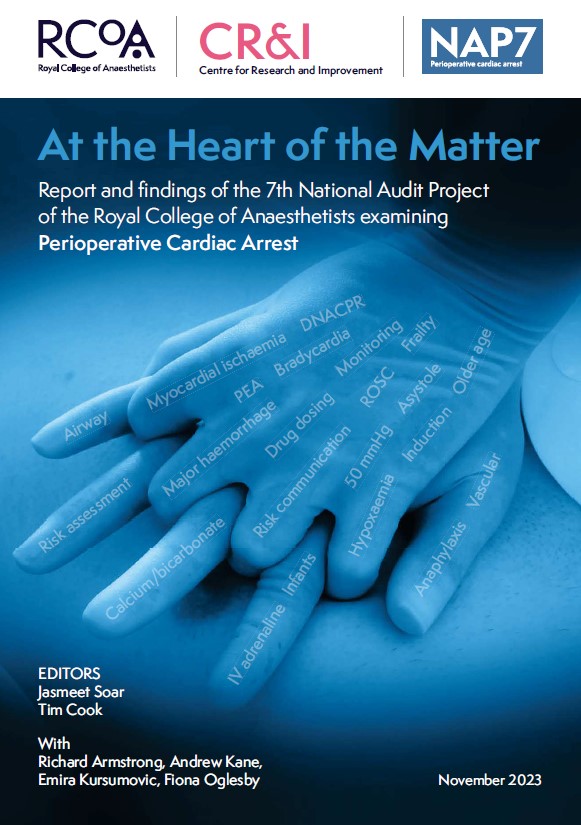
We have new coffee!
After the immense success of our first batch of DC Cerebroversion, we now have three new blends for you to try!
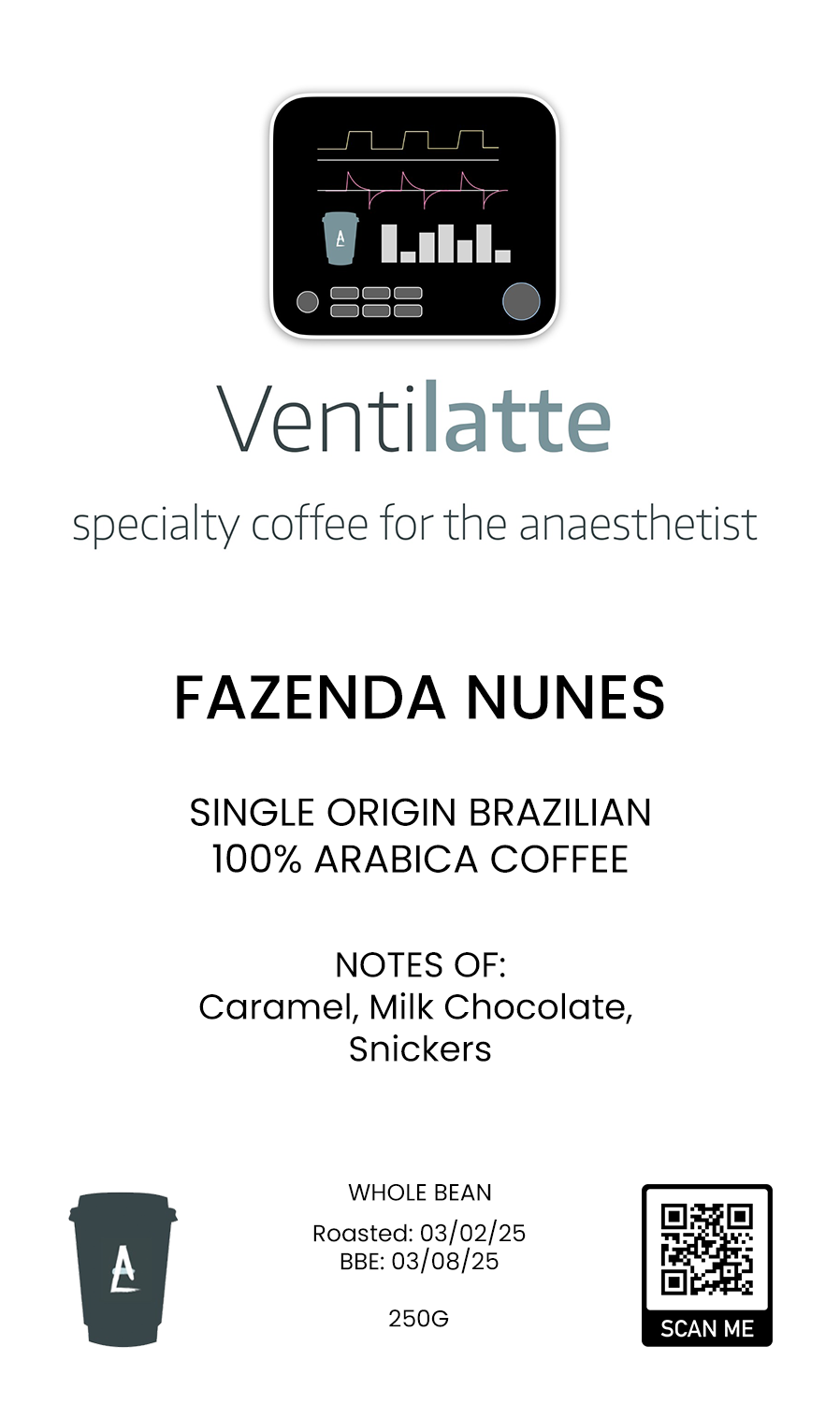
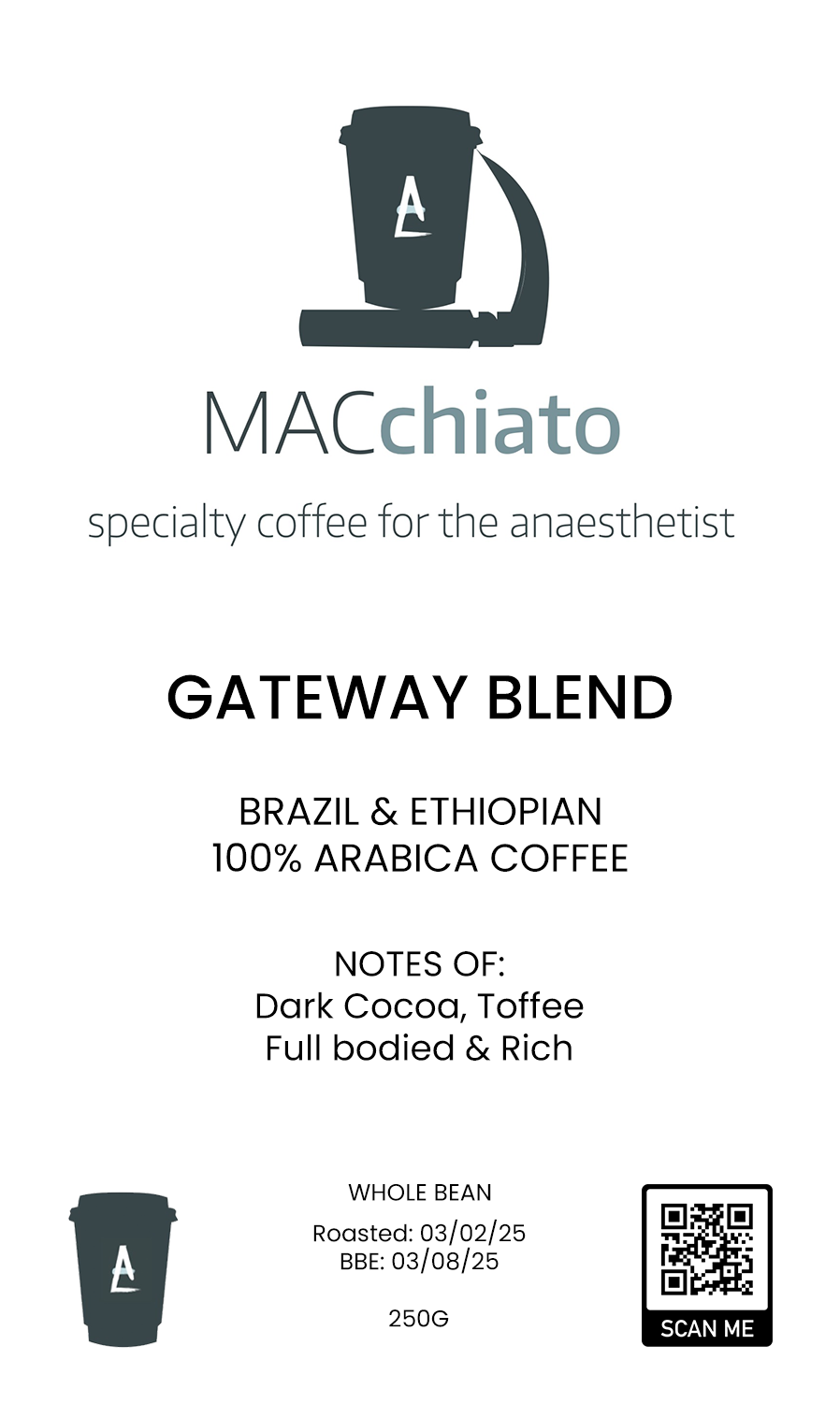
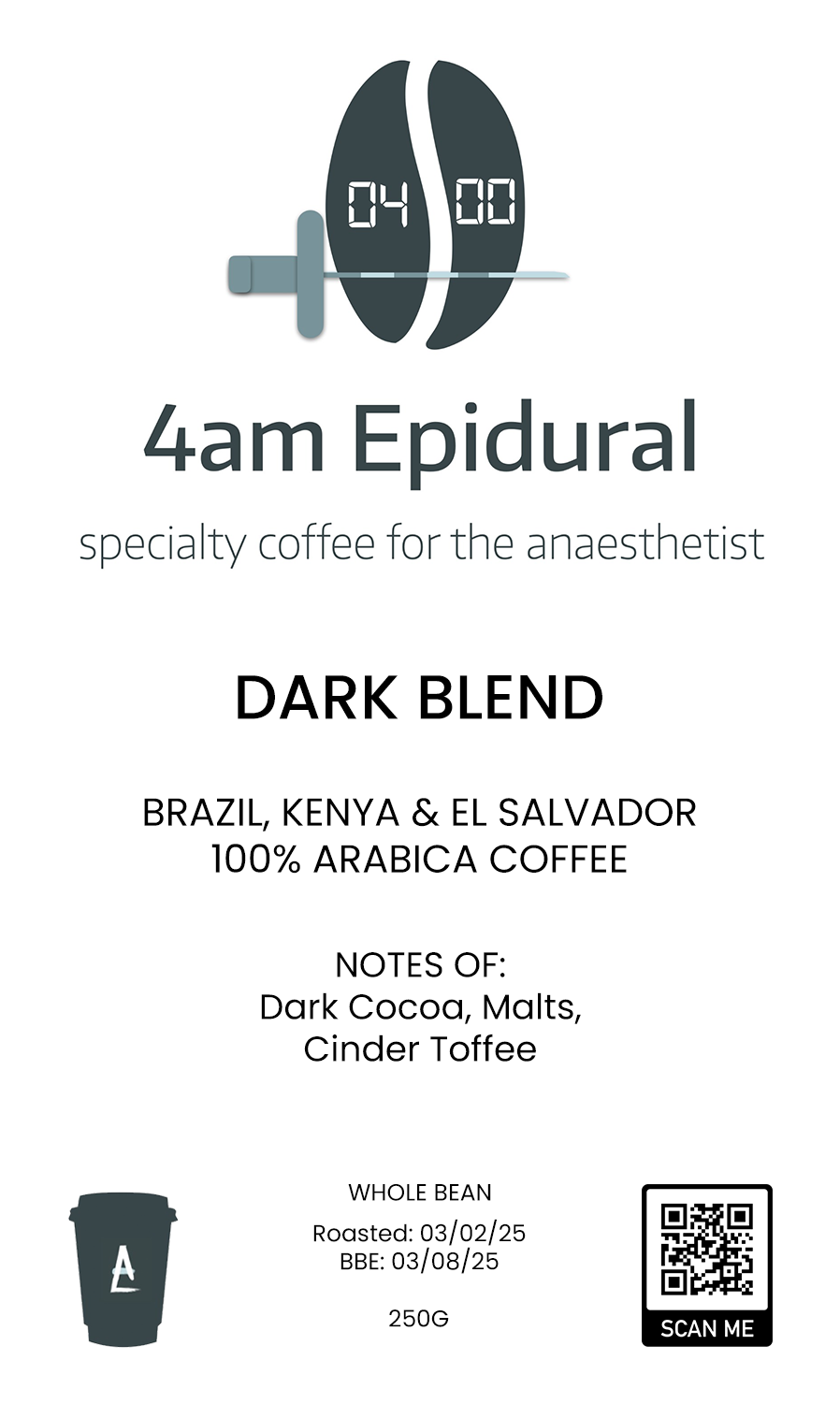
- £8.99 + delivery
- Free delivery for 3 bags or more (UK only)
Primary FRCA Toolkit
While this subject is largely the remit of the Final FRCA examination, up to 20% of the exam can cover Primary material, so don't get caught out!
Members receive 60% discount off the FRCA Primary Toolkit. If you have previously purchased a toolkit at full price, please email anaestheasier@gmail.com for a retrospective discount.
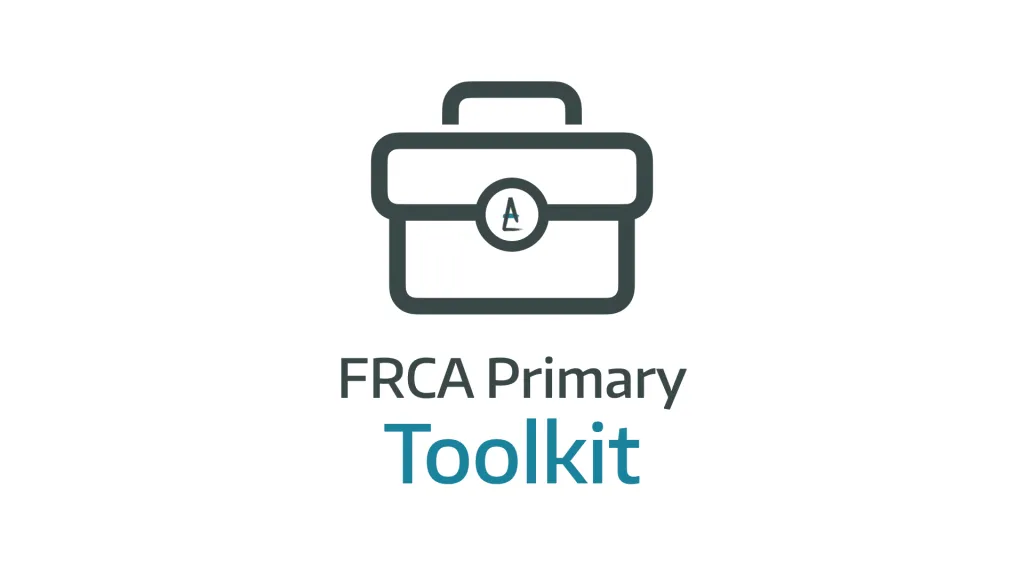
Discount is applied as 6 months free membership - please don't hesitate to email Anaestheasier@gmail.com if you have any questions!
Just a quick reminder that all information posted on Anaestheasier.com is for educational purposes only, and it does not constitute medical or clinical advice.
Anaestheasier® is a registered trademark.
